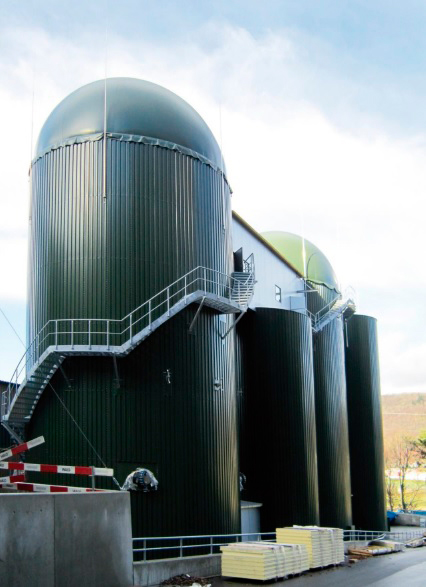Wastewater contains high levels of organic material, nutrients (mainly nitrogen and phosphorus), bacteria, and pathogens. The objective of biological treatment is to remove these, which can be achieved through the metabolic action of different strains of microorganisms.
In a conventional biological treatment, there are at least two distinct stages: first, there’s the biological reactor in which the organic matter comes into contact with the microorganisms that eliminate it, and, next, a clarification in which the biomass or sludge is removed from the treated effluent, normally through decantation.
Depending on the nature of the organic matter present in the effluent to be treated, it may or may not be necessary to use oxygen to metabolize it.
In sectors where the biodegradable contaminant load is very high, anaerobic microorganisms are used.
By-products produced in this process include biogas (mainly CH4 and CO2 ) and a small fraction of sludge. Occasionally, the effluent produced does not meet the minimum quality requirements and therefore requires additional refining treatment.
Main types of anaerobic biological treatment systems:









